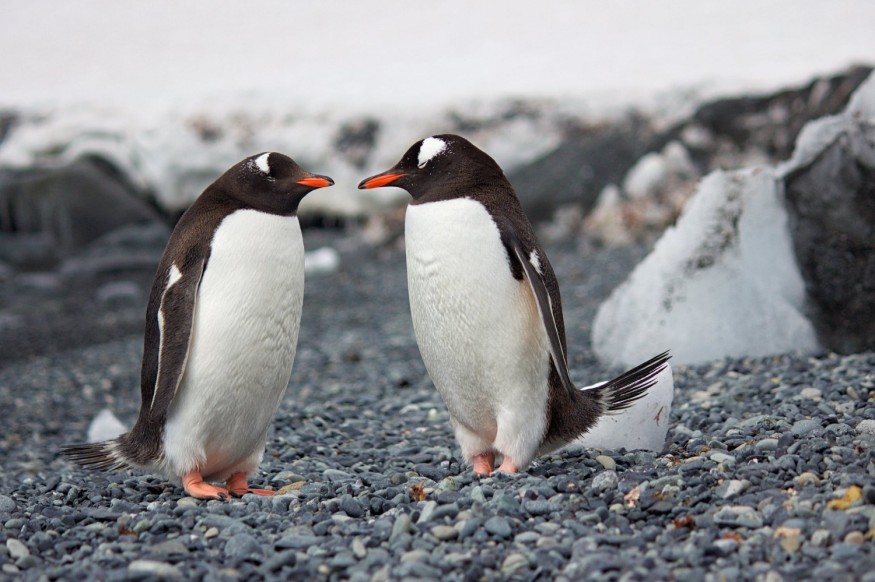The deaths of thousands of penguins in Uruguay leave authorities clueless.
Over 2,000 Magellanic penguins, mostly juveniles, have appeared to die in the Atlantic Ocean and were carried by currents to the coast of eastern Uruguay.

Carmen Leizagoyen, head of the Environment Ministry's department of fauna, said the samples that were taken from the animals have tested negative for avian influenza.
"This is mortality in the water. Ninety percent are young specimens that arrive without fat reserves and with empty stomachs," she added, as reported by NDTV.
Abnormal numbers of death
Magellanic penguins breed in Argentina's south. They migrate north in the southern hemisphere during the winter in search of food and warmer waters, even reaching the coast of the Brazilian state of Espirito Santo.
Leizagoyen noted that although the deaths of some penguins are considered normal, they are not at these rates.
The Laguna de Rocha protected area's director, Hector Caymaris, told AFP that he counted more than 500 dead penguins along six miles (10 kilometers) of Atlantic shoreline.
In 2012, 745 dead penguins were found washed up along Brazil's coastline. Researchers at the Brazilian Center for Coastal Studies said they die due to natural causes.
"Birds in the first year of life are inexperienced," Caymaris explained, as quoted by CNN.
Furthermore, the pattern of deceased birds is typical of July, a month when the most birds arrive at the center for rehabilitation after washing up on the beaches weakened, injured, or oil-covered.
Another incident happened in 2010, when more than 550 dead penguins were found off Sao Paulo's coast. The necropsies showed that the penguins died of starvation.
Overfishing and illegal fishing
The authorities are yet to find out the cause of the deaths of the penguins in Uruguay; however, some experts have attributed the deaths to fishing activities.
Richard Tesore of the NGO SOS Marine Wildlifre Rescue believes that the death of the penguins is because of overfishing and illegal fishing.
"From the 1990s and 2000s we began to see animals with a lack of food. The resource is overexploited," he added.
Another factor was the subtropical cyclone in the Atlantic that hit southeastern Brazil in mid-July, which caused the weakest penguins to die.
Aside from penguins, petrels, albatrosses, seagulls, sea turtles, and sea lions were also found dead on the beaches of Maldonado.
The Magellanic penguin, named after the Portuguese adventurer Ferdinand Magellan, whose crew discovered it while sailing around the tip of South America in 1519, has been listed as near threatened on the International Union for Conservation of Nature's Red List of Threatened Species.
According to Britannica, there are between 1.1 million and 1.6 million breeding Magellanic penguin pairs in the world.
Chronic oil pollution, both accidental and international, released from tankers has threatened the animals. In the 1980s until early 1990s, more than 20,000 adults and 22,000 juvenile Magellanic penguins died due to pollution.
Related Video:
© 2025 NatureWorldNews.com All rights reserved. Do not reproduce without permission.





